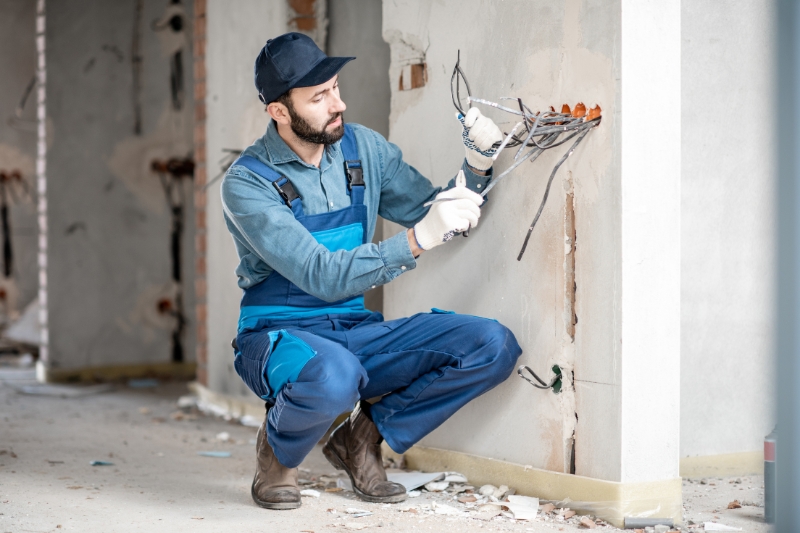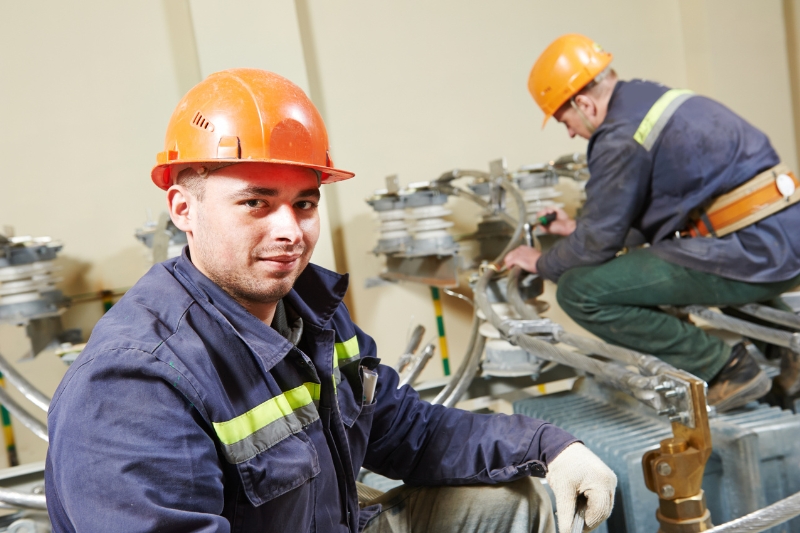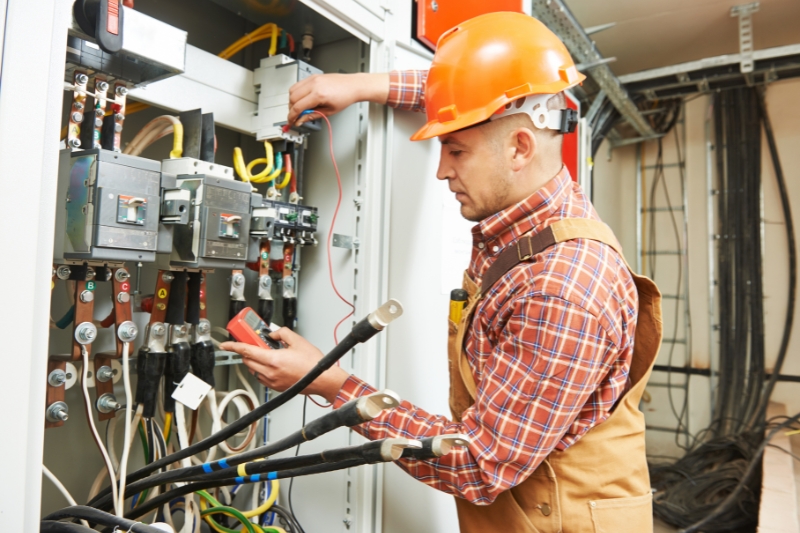Australia features an extensive network of overhead powerlines, underground services, and potentially hazardous electrical equipment. Electrical spotters or safety observers bear the responsibility of keeping these assets from damage or accidents that may cause harm to people or property.
In this post, we explore the job description, duties, requirements to become an electrical spotter, and more.
What Do Electrical Spotters Do?

Have you ever wondered, “What is an electrical spotter, and what do they do?” Wonder no more.
Electrical spotters are highly trained experts tasked with the job of keeping workers and equipment safe when working close to overhead electrical lines or other potentially unsafe electrical equipment.
These experts ensure workers follow appropriate safety procedures and don’t come into contact with live electrical equipment. They must also identify and communicate any risks or hazards associated with the work.
An electrical spotter’s job requires a high level of skill and knowledge, not to mention precise attention to detail. They must be able to identify potential hazards and communicate this information effectively to workers and other personnel on the work site.
Such a job requires an in-depth understanding of electrical safety regulations, as well as the ability to interpret plans and maps that help identify the height and location of overhead power lines and the location of underground services.
What Are the Three Main Duties of an Electrical Spotter?

What is an electrical spotter, and what are their duties? While electrical spotters have many duties and responsibilities, their primary duties include the following:
Risk Assessment
Before any work begins, an electrical spotter must assess the site to identify any potential hazards. The assessment may involve reviewing maps and plans to check the location and height of overhead electrical lines, identify underground services, and determine the need for any special equipment.
Maintaining Effective, Efficient, and Immediate Communication
The safety observer has to provide clear and concise communication between workers and any other personnel on the work site. This includes communicating the location and height of overhead electrical lines, advising on equipment use, and providing advice on emergency procedures.
The spotter must alert the work team to any potentially unsafe actions that might occur during the project, such as the movement of temporary insulating material, infringement of safe working distances, or any other non-compliance issues.
Ensuring Compliance with Safety Regulations
Spotters must ensure workers comply with all relevant safety regulations and guidelines. This may involve ensuring workers wear appropriate personal protective equipment (PPE), stopping work during safety procedure violations, and monitoring the site to identify potential hazards.
What Are the Requirements of a Spotter?
Individuals looking to become electrical spotters must complete an approved spotter training course. The course typically covers topics such as working safely around overhead electrical lines, identifying underground assets, and emergency procedures.
Once you complete the course, you’ll receive a Spotters Registration Certificate or Card with a three-year validity period. Besides completing the training course, spotters must have a good understanding of electrical safety regulations and a knack for identifying potential hazards.
Spotters also need excellent communication skills and an outstanding ability to work effectively with others.
Additional requirements for an electrical spotter include:
- Current competency to provide first aid or equivalent competency
- Each item of plant or equipment in the vicinity of electrical lines on any work site requires a spotter
The requirements above aim to ensure the person in the role of an electrical spotter has the knowledge and skills to do their job right.
When Should an Electrical Spotter Be Used?

Electrical spotters should be used on every project with a risk of contact with overhead electrical lines or potentially unsafe electrical equipment.
This includes tree trimming, work on construction sites, and other activities that involve working inside specific clearances near overhead power lines and any potential damage to underground assets.
Spotters also help to prevent damage or injuries when excavating or digging near underground utilities, such as gas and water mains. It’s crucial to note that working near overhead electrical lines or other potentially unsafe electrical equipment can be hazardous, even fatal.
Electrical spotters help to mitigate risks associated with such type of work, ensuring the safety of workers and equipment.
Final Thoughts
Electrical spotters keep workers and equipment safe when working near overhead electrical lines or other potentially unsafe electrical equipment. By observing the work on sites near electrical currents, these experts ensure workers get back home safely after a hard day’s work.
Need more information to answer the question, what is an electrical spotter? Contact Fast Labour Hire today for more information.

